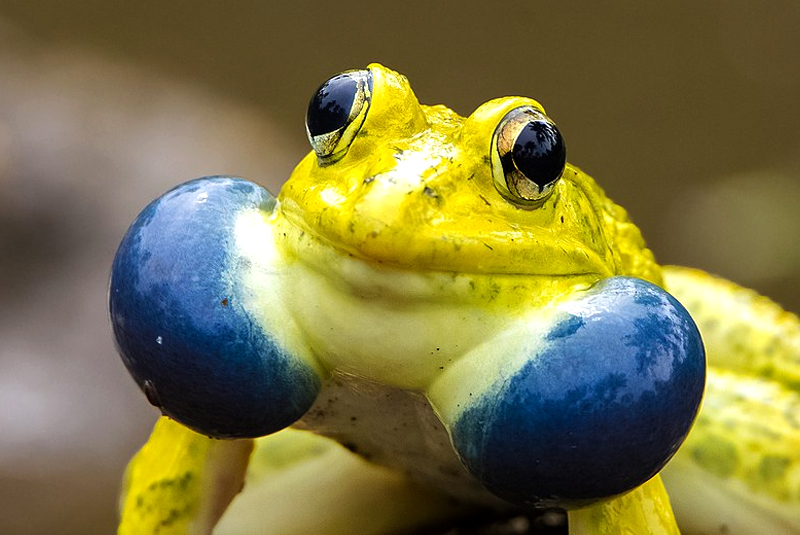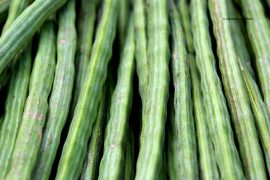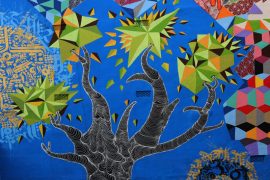The frog, the legendary leaper, is nature’s original connection between fish and all living vertebrates. Frogs were also the first animals to possess a genuine voice, tongue and ear drum—since their ‘baptism’ on the living planet, over 250 million years ago. That they are considered the least harmful to human beings—because, the swampy, low-lying area inhabitants cause no penury of any kind to the farmer—is one thing. On the other, they do not also rob us of our grains, or fruits.
The role of frogs as agriculture’s most trusted friend and also nature’s pest-controlling agents is well established. This isn’t all. Frogs are a boon to medicine—they possess natural pharmaceutical agents. They have been used to formulate a painkiller more potent and safe than any other produced, till now. Epibatidine, the constituent in point, is supposedly 200 times more effective than morphine. Yet another element, bradykinin, a peptide, is evidenced to ease high blood pressure. Dermaseptin, likewise, is hailed for its ability to treat antibiotic-resistant infections, just as much as magainin, an antimicrobial peptide, is touted in certain quarters as a potent cure for diabetic foot ulcer, a difficult-to-treat condition. The list is long; it is also good news not only for the medical world, but also patients.
The Paradox
Yet, the paradox is not everything is hunky-dory for the amphibian on its survival front. There has been, as research and scientific evidence highlights, an appallingly alarming decline of amphibious species, across the world. Some examples—the gastric-brooding frog (Rheobatrachus) in Australia, the rice puddle frog in Japan and the golden toad (Bufo periglenes) in Costa Rica. While the Indian Bull frog (Rana tigrina), is now on the protected list, the Yosemite toad species and mountain yellow-legged (Rana muscosa) frogs are almost extinct in the Sierra High County of California, US, once their favourite preserve. Not only that. The illustrious leopard frog populace has dwindled progressively, while the giant tree frog (Hyla vasta) species is also quickly disappearing from its native colony in Haiti.
-30-
Copyright©Madras Courier, All Rights Reserved. You may share using our article tools. Please don't cut articles from madrascourier.com and redistribute by email, post to the web, mobile phone or social media.Please send in your feed back and comments to editor@madrascourier.com











